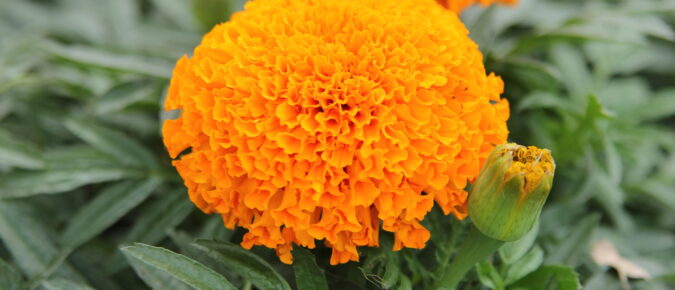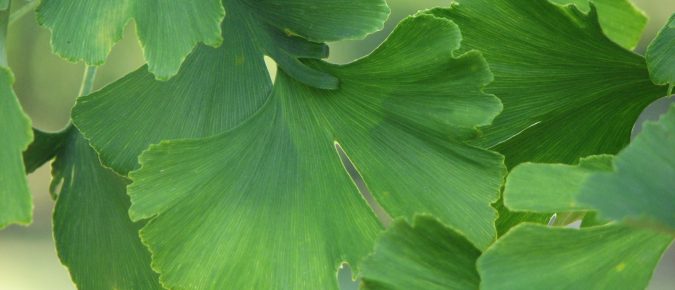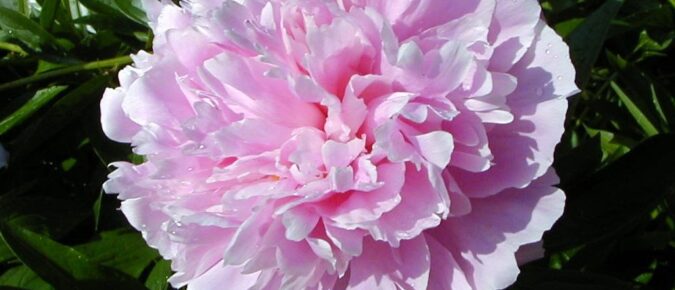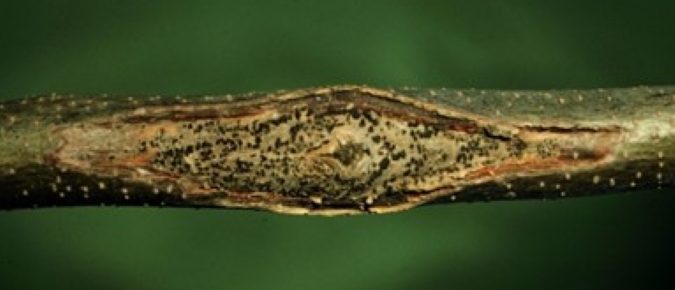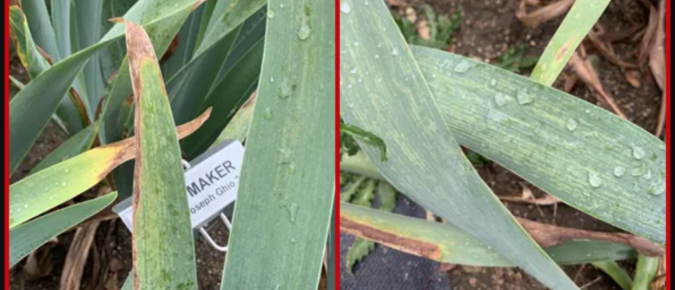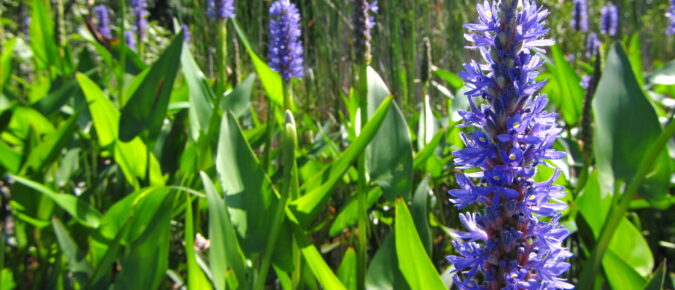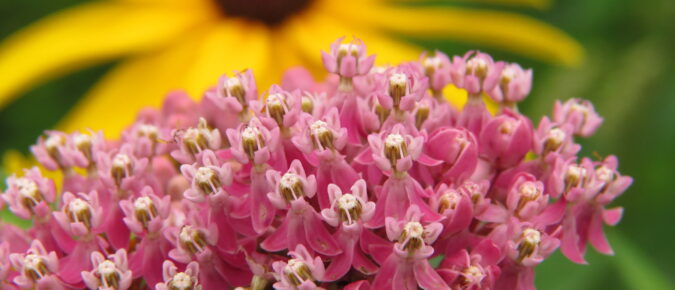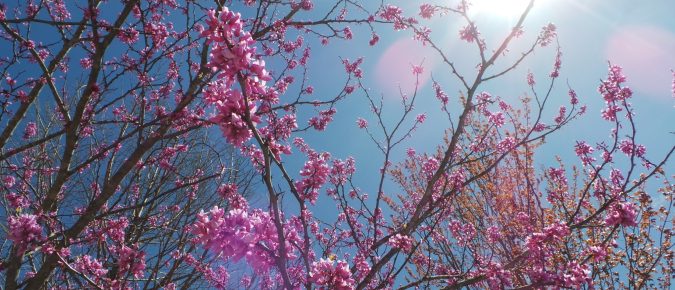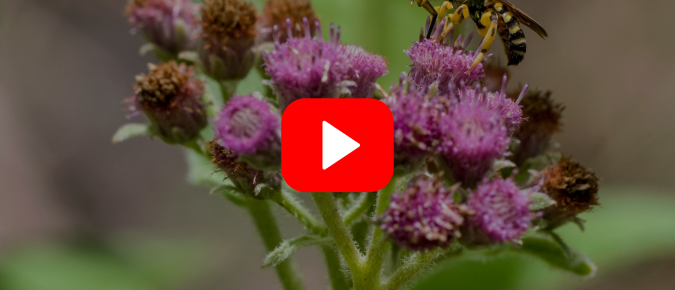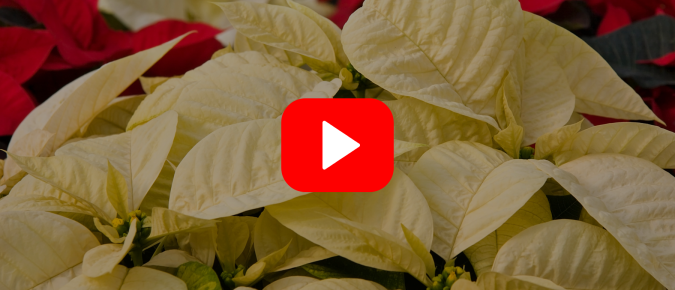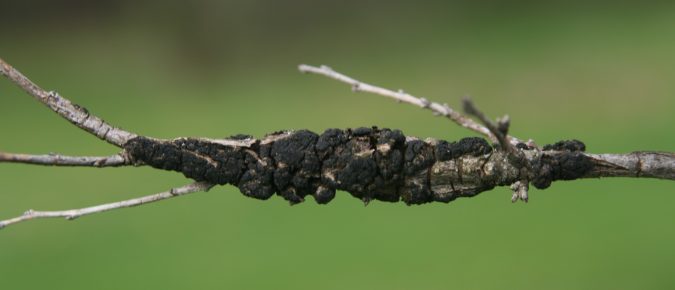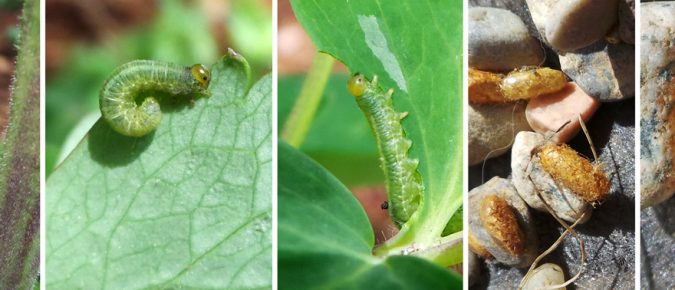Marigolds are highly regarded for their vibrant flowers, minimal maintenance requirements, and ease of cultivation. Found in gardens worldwide, these flowers are cherished valued for their visual allure, cultural significance, and application in integrated pest management.
Find suggestions for which trees and shrubs to plant to increase diversity in a changing climate.
Peonies are a perennial garden favorite, celebrated for their large, fragrant blooms and exceptional longevity. From the wide selection of growth forms and varieties, peonies offer lush foliage and eye-catching blossoms, making them a centerpiece in any garden setting.
Thyronectria canker is a common fungal disease of honeylocust, occurring wherever this tree is grown. Thyronectria canker is non-lethal and typically causes relatively minor damage to affected trees.
Iris severe mosaic (also called yellow latent disease or gray disease) is a potentially severe viral disease that can adversely affect both bulb and rhizome-forming irises, as well as crocuses.
Aquatic and wetland plants are great additions to your water gardens, ponds, and rain gardens to oxygenate the water, shelter and feed wildlife, provide beauty, and support pollinators. The plants we choose for rain gardens are also key to how it will function to reduce runoff. Over time, we have learned that many invasive plants introduced to our gardens impact native species by spreading into natural areas.
Flowers, grasses, and sedges are great additions to your gardens and home landscape to intercept and control dirty water, store and cycle carbon, promote healthy soil, shelter and feed wildlife, and provide pollinator support. Over time, we have learned that many plants introduced into our gardens can negatively impact native species by spreading into natural areas.
Have you heard about “No Mow May?” Many people have committed to not mowing their yards in May, allowing flowering plants to grow to help provide food for pollinators. Before you stow away your mower for May, let’s look at what options you can take to help pollinators this Spring.
In this video, learn how to select and care for plants to attract and support diverse pollinators in your garden all season long. This presentation emphasizes native plants and pollinators and includes sustainable gardening practices.
Festive houseplants are common gifts in winter. In this video, learn how to keep a poinsettia, Christmas cactus, Norfolk Island Pine and other favorite gift plants thriving.
By: Amanda Gevens, Professor and Integrated Extension Specialist Plants can be affected by fungus, bacteria, viruses and other factors. In this video, you will learn how to look for symptoms of plant disease, cultural methods to reduce disease pressure, and other management practices. Plant disease is an abnormal response in plant health to a pathogen, […]
By: PJ Liesch, Extension Entomology Specialist Even though insects can cause damage to our plants, not all of them are harmful. In this video, you will learn how to look for signs of insects, why identification is required, and different control options and methods. The first step in the management process of insects in yards […]

